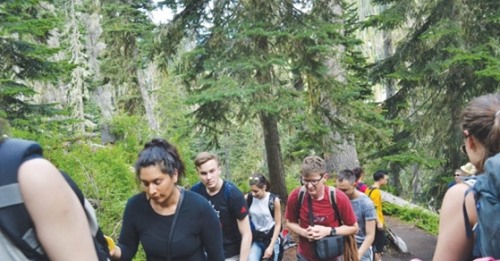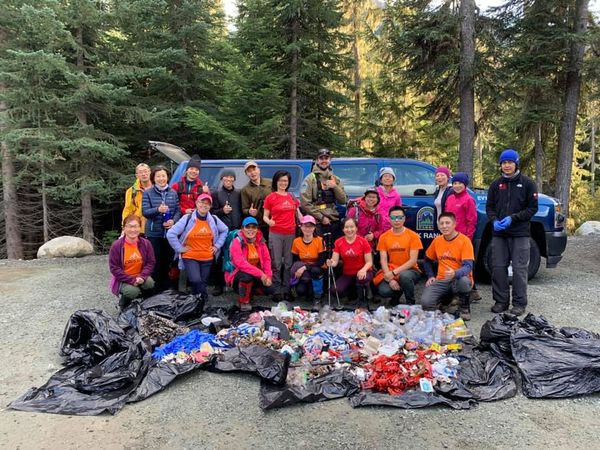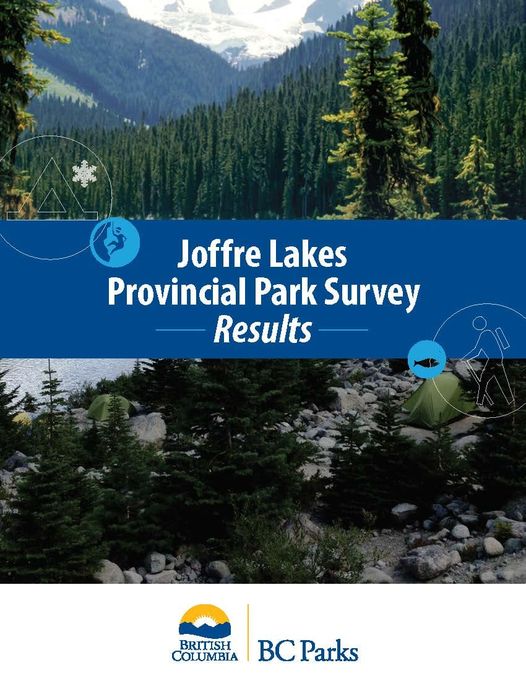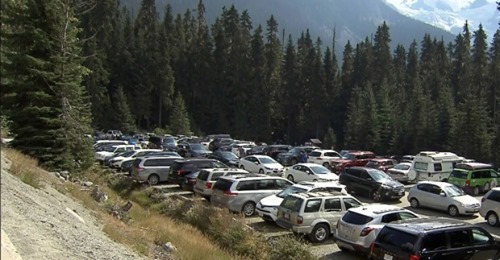Joffre Lakes Provincial Park
Joffre Lakes Park Visitor Capacity set to 1,500 People Per Day
- Written by Paul Kubik
- Hits: 3801
JOFFRE LAKES PARK VISITOR CAPACITY SET TO 1,500 PEOPLE PER DAY
According to the Visitor Use Capacity and Fee Background document released by BC Parks in February 2020:
Our methodology for identifying a visitor carrying capacity is based on a review of published papers on the topic, recommendations from the International Union for Conservation of Nature, and the United States Visitor Use Management Framework.
The analysis on visitor capacity was based on many sources of information collected in 2019 via surveys, field reports by rangers and park stewards, on-site assessments and attendance data recorded by counters.
To identify the visitor capacity of Joffre Lakes Park, we analyzed the relationship between the number of visitors and the following attributes: visitor experience, perceptions of safety, and environmental impacts.
Given the results of the analysis, a cap on visitation of 1,500 people per day is proposed as it falls in the middle of this visitor capacity analysis. Analysis of attendance trends over the past three years highlights that the proposed capacity would not have a large effect or constriction on weekday use; however, it would reduce the weekend spike in use.
Reference: Joffre Lakes Park Visitor Use Capacity and Fee Background Document-2020-02-25
Public weighs in on Joffre Lakes Provincial Park management
- Written by Chris Ludwig
- Hits: 4293

The results are in and it turns out that the majority of respondents to the Joffre Lakes Provincial Park Survey are supportive of day-use fees and a cap on the number of daily visitors.
BC Parks ran the online survey in April, garnering just over 2,500 respondents, with the majority between the ages of 25 and 34 and hailing from the Lower Mainland.
Just over 70 per cent of respondents said they would be willing to pay a day-use fee to enter the park if they knew that the money was being reinvested into the park.
And 84 per cent of respondents said they would agree with "limiting the number of day visitors in the park" if it meant they were "guaranteed easier access."...
That, perhaps, may have to do with a general dissatisfaction with the visitor experience: 75 per cent of respondents said that the number of people in the park had "a negative" impact on their visit.The survey is part of a comprehensive effort by the province to address a host of issues associated with the popularity of the park, which features spectacular views of three pristine alpine lakes and a relatively easy hike.
It will inform a forthcoming visitor-use management strategy set to be released in 2020.
Joffre Lakes has become a wilderness garbage dump
- Written by Chris Ludwig
- Hits: 3694

Joffre Lakes Provincial Park Survey Results
- Written by Chris Ludwig
- Hits: 3713

Long Weekend Parking Chaos at Joffre Lakes
- Written by Chris Ludwig
- Hits: 3949


